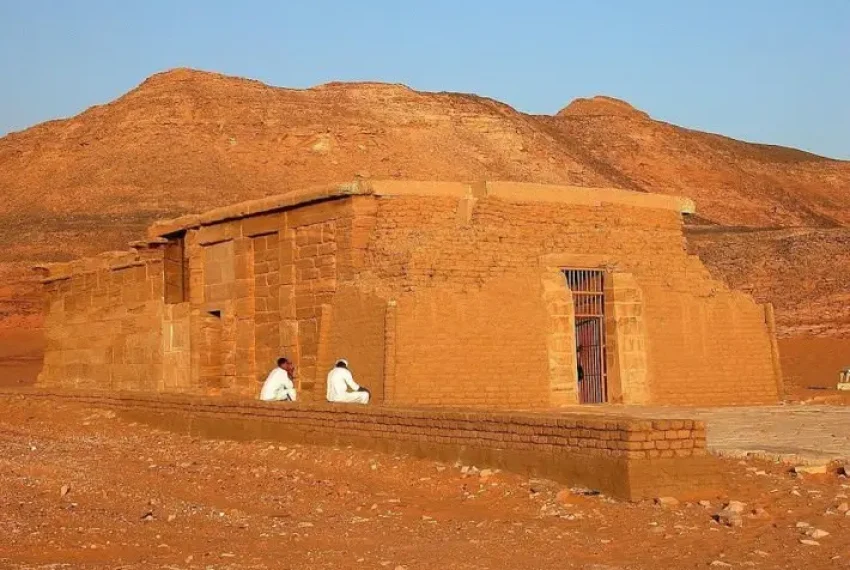The Safe-haven of Amada is potentially of the most famous and basic old asylum in Egypt. Arranged on the east bank of the Nile, about 180 kilometers south of Aswan, the safe-haven is a showing of the unimaginable social and underlying achievements of old Egypt. This safe-haven was worked by Ruler Thutmose III during the eighteenth line, and was thusly broadened and changed by coming about pharaohs. In this blog, we will research the arrangement of encounters, significance, and amazing components of the Asylum of Amada.
The Sanctuary of Amada was inherent the fifteenth century BC by Lord Thutmose III, who controlled Egypt for almost fifty years. Around then, the sanctuary was known as “Amada Mut” or “Mother of the Naval force”, which alluded to the sanctuary’s job as the mother sanctuary of a gathering of more modest sanctuaries nearby. The sanctuary was committed to the god Amun, who was viewed as perhaps of the main divinity in old Egyptian religion.
During the reign of Ramses II in the thirteenth century BC, the Sanctuary of Amada was extended and adjusted to incorporate extra designs and beautifications. Ramses II added a hypostyle corridor, which highlights sections with perplexing carvings and hieroglyphics. He likewise added a safe-haven and two little houses of prayer devoted to the divine beings Ra-Horakhty and Ptah.
The Sanctuary of Amada is critical in light of multiple factors. In the first place, it is perhaps the most established enduring sanctuary in Egypt, and subsequently offers significant bits of knowledge into the strict convictions and practices of the antiquated Egyptians. Second, it includes a remarkable mix of compositional styles, including components from the New Realm and the later Ptolemaic period. At long last, the sanctuary’s beautifications and engravings offer significant verifiable and social data, including references to fights, strict celebrations, and imperial declarations.

One of the most incredible bits of the Sanctuary of Amada is the hypostyle path, which highlights sixteen regions enlivened with complex carvings and hieroglyphics. The carvings portray scenes from the presence of Ramses II, including his fights and wins. The hieroglyphics give fundamental data about the place of refuge’s new development and responsibility, as well as serious convictions and practices.
One more remarkable piece of the Haven of Amada is the safe space, which is facilitated at the rear of the place of refuge and was utilized to house the model of Amun. The safe space integrates different little chambers and parts, as well as a phony section that prompts the baffling scene. The entryway is engraved with hieroglyphics that portray the excursion of the spirit in the phenomenal past.
The Safe-haven of Amada is an immense and wonderful old safe-haven in Egypt, and offers huge encounters into the severe convictions, designing styles, and social demonstrations of old Egypt. The safe-haven’s arrangement of encounters, significance, and striking components focus on its objective for anybody with any interest whatsoever in old Egyptian history and culture. If you are orchestrating an outing to Egypt, make sure to add the Safe-haven of Amada to your timetable.